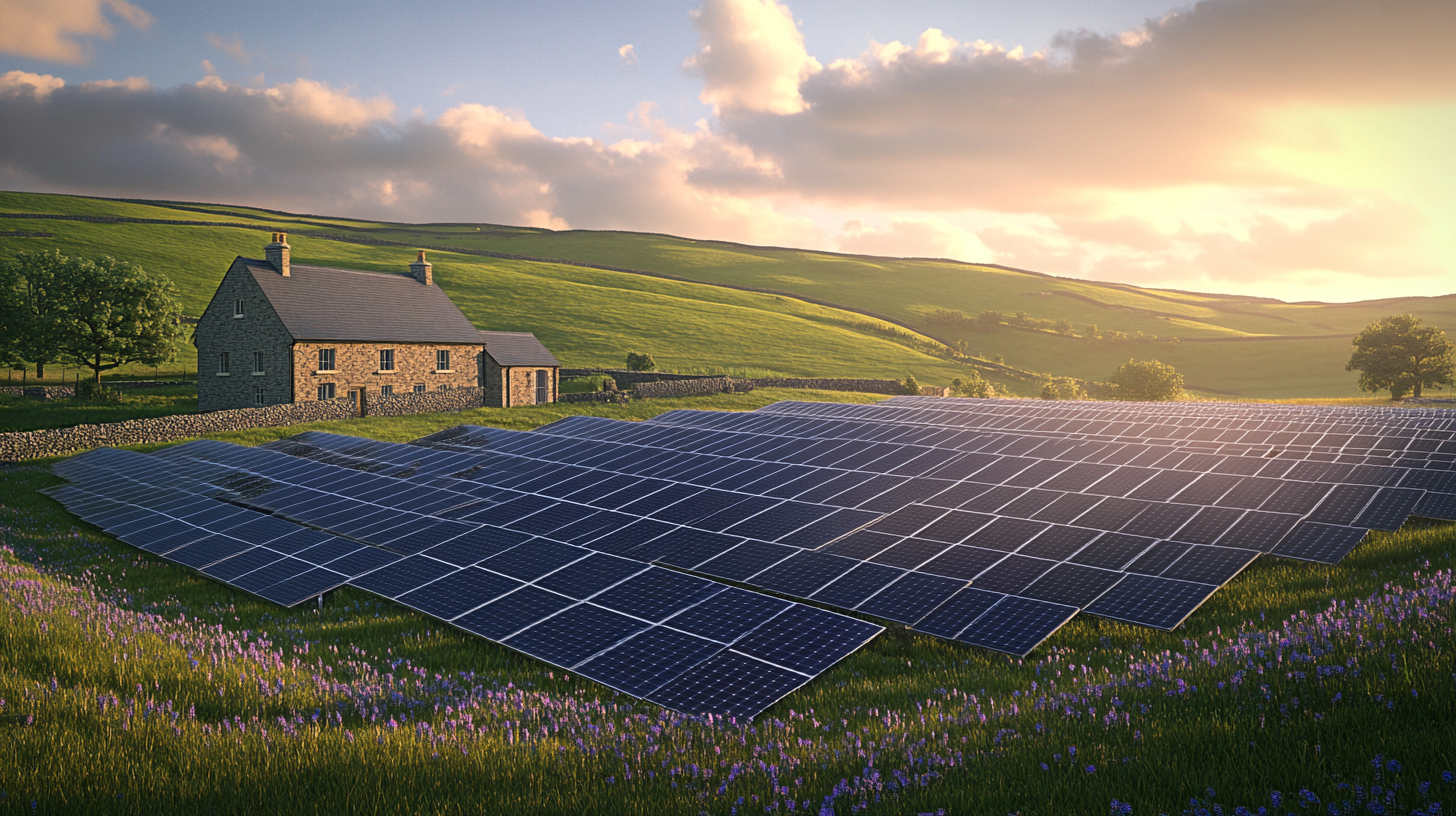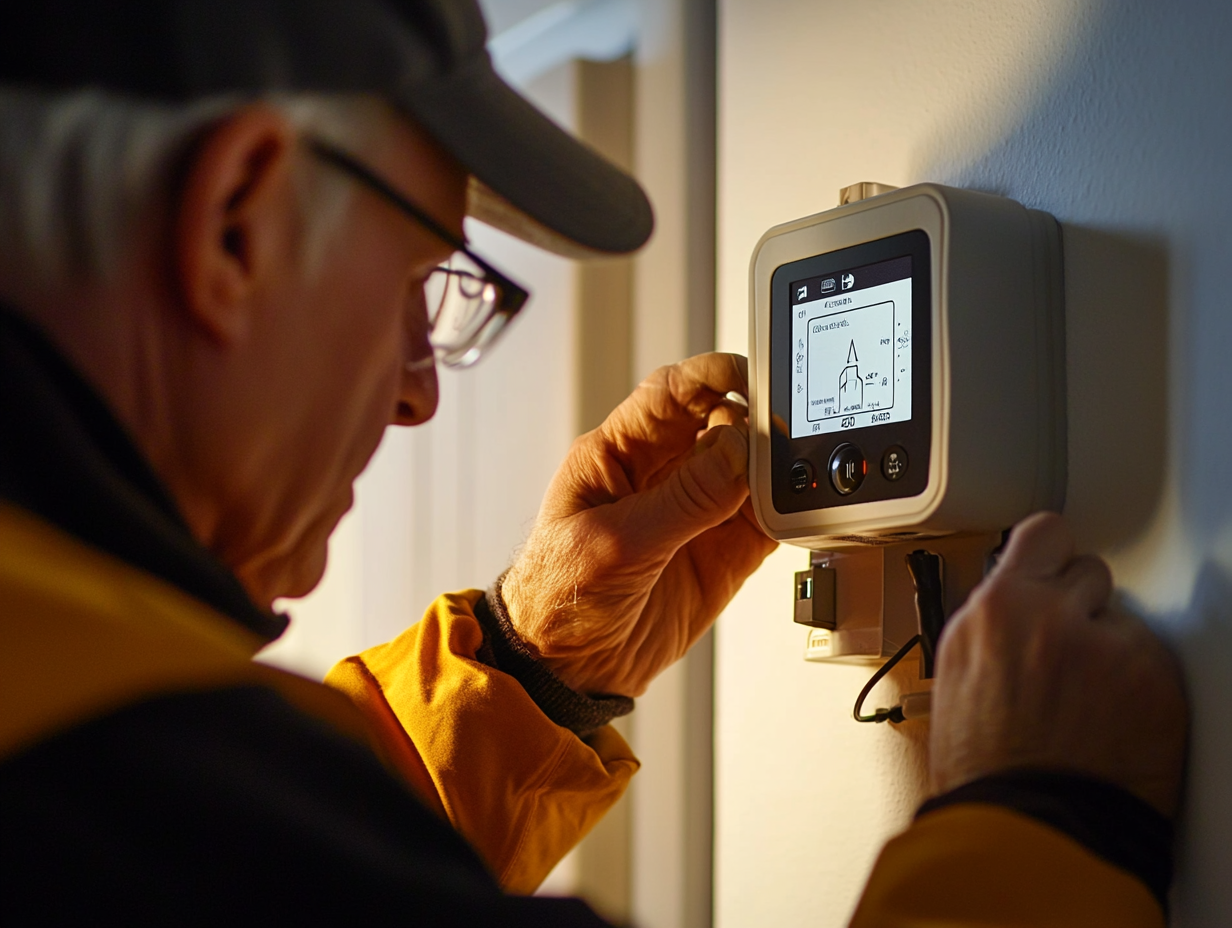
Combined Heat and Power for Businesses
Estimated reading time: 8 minutes
Key Takeaways
- Combined Heat and Power (CHP) systems generate both electricity and useful thermal energy from a single fuel source, enhancing energy efficiency.
- CHP systems can achieve up to 80% efficiency, significantly higher than traditional separate systems.
- Implementing CHP reduces operational costs and lowers carbon footprints, promoting sustainability.
- Businesses can benefit from various CHP grants and incentives to offset initial costs.
- Proper sizing and professional consultation are essential for optimal CHP system performance.
Table of contents
- Introduction
- Understanding How CHP Works
- Benefits of CHP Systems
- Cogeneration Cost Savings
- Sizing a CHP System
- CHP Grants and Incentives
- On-site Power Generation Solutions
- Conclusion
- Frequently Asked Questions
Combined Heat and Power (CHP) systems are innovative technologies designed to produce electricity and useful thermal energy simultaneously from a single fuel source. This sustainable energy solution is gaining popularity among businesses eager to enhance efficiency and reduce their carbon footprint. In today’s world, where energy costs are escalating and sustainability is vital, combined heat and power for businesses provides an excellent avenue for on-site power generation solutions.
Prevalent in various sectors, CHP systems help companies optimize energy use, slashing operational costs while contributing to a greener environment. Understanding the benefits of CHP systems allows businesses to make informed decisions regarding their energy strategies. For further insights about what CHP entails, you can explore this EPA resource.
Understanding How CHP Works
How CHP Works
CHP systems operate by capturing and utilizing waste heat produced during electricity generation. This method is incredibly efficient, achieving up to 80% efficiency, compared to the mere 50% efficiency typical of separate heat and electricity production systems. This efficient process not only aids in energy conservation but also reduces emissions by utilizing nearly all the energy extracted from fuel.
Here are the key components that make up a CHP system:
- Prime mover: This is the heart of the system and can include options such as reciprocating engines, microturbines, or fuel cells.
- Generator: This converts the mechanical energy produced by the prime mover into electrical energy.
- Heat recovery equipment: Captures the waste heat produced during energy generation for useful applications.
- Electrical switchgear: Controls and protects electrical equipment during operation.
- Emissions control devices: Minimize pollutants released into the atmosphere.
- Controls: Monitors and adjusts the system for optimal performance.
By leveraging waste heat and utilizing a single fuel source, how CHP works is essentially about maximizing energy output while minimizing waste. Through cogeneration, businesses can significantly reduce operational costs. For more information on this topic, visit Veolia’s Complete Guide to CHP for a detailed exploration of this technology.
Cogeneration Cost Savings
Understanding how cogeneration cost savings can be significant for firms is essential. Businesses that implement CHP systems can experience considerable financial benefits compared to traditional energy sources.
- Cost Comparisons: CHP systems lower the cost of electricity because they reduce reliance on the grid.
- Long-term ROI: By investing in CHP technology, organizations can see a return on investment over time, as energy savings accumulate.
For companies looking to dive deeper into how CHP works, resources like the Veolia Complete Guide and DNR’s CHP Cost Analysis provide in-depth analysis and calculations that showcase the potential long-term savings CHP systems can bring.
Sizing a CHP System
Sizing a CHP System
One crucial aspect of implementing a CHP system is sizing a CHP system correctly to meet a business’s energy needs. To ensure optimal performance, businesses must consider several factors:
- Load Profiles: Understanding the fluctuations in energy demand is vital for effective system design.
- Operational Hours: Knowing when the facility requires power helps in tailoring the system.
- Business Size: Larger enterprises may require more robust systems, while smaller businesses might benefit from compact options.
Consulting with professionals is vital to determine the appropriate size for a CHP system, ensuring it operates efficiently and effectively meets the specific demands of the business. For insights into options available for combined heat and power for businesses, refer to EPA resources.
CHP Grants and Incentives
CHP Grants and Incentives
To encourage businesses to invest in CHP systems, various CHP grants and incentives are available. These financial resources can help offset the initial implementation costs. Businesses can explore opportunities through:
- Federal, state, and local programs designed to promote on-site power generation solutions.
- Resources like the Catalog of CHP Technologies provide extensive information about available options.
- The DOE Packaged Combined Heat and Power Catalog (eCatalog) enables companies to search for and compare certified CHP systems.
Navigating the application process doesn’t have to be daunting. Businesses can leverage resources and support available from organizations like EPA and Veolia to ensure they fully benefit from these incentives.
On-site Power Generation Solutions
On-site Power Generation Solutions
Expanding the conversation around on-site power generation solutions, it’s essential to incorporate other renewable options, such as solar and wind energy. Integrating different energy sources with CHP systems can enhance overall efficiency and ecological benefits.
For instance, a hybrid system consisting of both solar and CHP technology can provide a more stable energy supply:
- Case Studies: Many companies have documented success with hybrid systems, demonstrating reduced energy costs and greater reliability.
- Benefits: This combination often leads to significant reductions in carbon emissions, aligning with corporate sustainability goals.
For practical examples and ideas on how to link various systems, exploring business cases can be advantageous. Discover additional related content in the context of combined heat and power for businesses.
Conclusion
In conclusion, the necessity of adopting Combined Heat and Power (CHP) systems for businesses cannot be overstated. These advanced systems offer numerous advantages, from increased efficiency and reduced costs to enhanced sustainability. Investing in combined heat and power for businesses is not merely a financial decision but a step towards environmental responsibility and energy resilience.
By harnessing both electricity and usable heat on-site, organizations can meet their energy demands efficiently while supporting broader sustainability initiatives in society.
Frequently Asked Questions
- What is Combined Heat and Power (CHP)?
- How does CHP improve energy efficiency?
- What are the benefits of implementing CHP in a business?
- Are there any incentives or grants available for installing CHP systems?
- How is the size of a CHP system determined for a business?
What is Combined Heat and Power (CHP)?
Combined Heat and Power (CHP) is a technology that simultaneously generates electricity and useful thermal energy from a single fuel source, enhancing overall energy efficiency.
How does CHP improve energy efficiency?
CHP systems capture and utilize waste heat produced during electricity generation, achieving up to 80% efficiency compared to the 50% efficiency of traditional separate systems.
What are the benefits of implementing CHP in a business?
Implementing CHP in a business can lead to reduced energy costs, increased energy reliability, lower carbon footprints, and enhanced overall operational efficiency.
Are there any incentives or grants available for installing CHP systems?
Yes, there are various federal, state, and local grants and incentives available to help offset the initial costs of installing CHP systems. Businesses can explore resources like the EPA and Veolia for more information.
How is the size of a CHP system determined for a business?
The size of a CHP system is determined by analyzing the business’s load profiles, operational hours, and overall energy needs. Consulting with professionals ensures the system is appropriately sized for optimal performance.
Call-To-Action & Resources
Consider signing up for newsletters or webinars focusing on energy efficiency initiatives here and advancements in CHP technology to stay updated on the latest trends and opportunities in the energy sector.
Explore More About Combined Heat and Power Systems
By understanding and leveraging these systems, businesses can not only thrive economically but also contribute to a more sustainable future.














